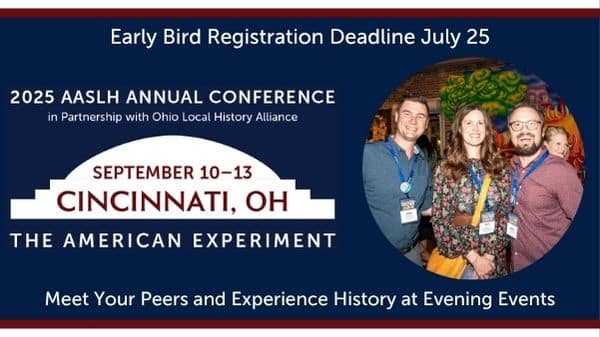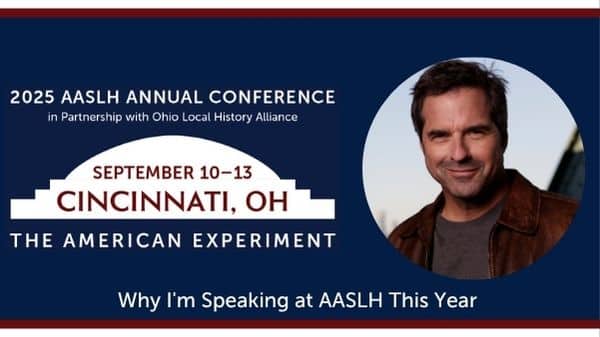By Denise D. Meringolo, UMBC, The Inclusive Historian’s Handbook Advisory Committee
In order to achieve broader relevance in the twenty-first century, both the historical landscape and the history profession itself must become more diverse and inclusive. But what precisely does this mean?
A quick survey of major history organizations’ mission statements, long range planning documents, and standards of practice indicates we have adopted a common vocabulary, but we are not always speaking the same language.
Diversity. Community engagement. Inclusion. These terms entered into our professional lexicon after thoughtful dialogue, careful study, and reasoned ethics. Over time, however, the complex meaning of each term has been obscured by its popularity. In fact, each represents an enormous set of goals: to establish, nurture, and maintain a truly diverse profession; to facilitate the co-creation of knowledge through the promotion of lively dialogue among people from a variety of backgrounds; and to build multiple pathways for groups and individuals to access, participate in, and transform our disciplines, our practices, and our institutions.
Public historians have long struggled with—and sometimes against—the need for clear definitions. While we are tied to the discipline of history by our interest in change over time and by our preferred research methods, most of us operate in a fundamentally interdisciplinary field of practice. We work alongside colleagues from a wide variety of professions and with an array of stakeholders and audiences, each of whom may hold different understandings of the key words we use to describe our work. Public historians tend to walk a particularly narrow tightrope: on the one hand, we strive to remain flexible and open to a variety of methods, interpretations, and processes. On the other hand, we recognize the need to identify and work towards a common set of goals. Different understandings of core terminology—particularly when they remain unexamined or unspoken—can dampen creativity and disrupt communication among collaborators.

The Inclusive Historian’s Handbook can help us gain a firmer foothold. The digital handbook aims to demystify historical practices by providing background, definitions, and illustrative examples of key terms. The editors and members of the advisory committee—on which I am proud to serve—envision the handbook as a resource for anyone engaged in history-making in a variety of settings. It is a point of entry for non-experts, a spark for discussion among multi-disciplinary teams of experts, and a place where seasoned historians can go for a fresh take on key terms and best practices. Some entries describe the meaning, origins, and applications of concepts like “Accessibility” and “Diversity & Inclusion.” Other entries provide historical background, critical analysis, and contemporary examples of projects in areas of practice such as “Digital History” and “Historic Preservation.” The goal is not necessarily to provide a definitive understanding of each term, but rather to raise questions and facilitate dialogue to help foster more mindful historical practices.
My contribution to the handbook provides food for thought on the term “Civic Engagement.” Since the 1990s, museums and universities alike have adopted civic engagement as a goal, but the term has lost both its history and its complexity as it has gained currency and become formally institutionalized. It has become shorthand for any effort to reach beyond institutional walls to connect with people as audiences or research subjects. Too often in the early years of the twenty-first century, the success of civic engagement was measured from the perspective of institutional growth and success—by the achievement of student learning, by an increase in visitors, or by an increase in grant awards. Civic engagement originated, however, as a radical, highly contested, and often experimental set of practices by educators, museum professionals, and others who aimed to build new forms of historical practice that might serve social justice objectives. When viewed through a longer lens, it becomes clear that civic engagement need not reinforce institutional hierarchies. Rather, it can challenge deeply ingrained beliefs about how expertise operates and who creates knowledge. Civic engagement can help create more flexible, permeable, and transparent cultural and educational spaces.
Our hope is that The Inclusive Historian’s Handbook will help historians of all stripes move toward similar goals.
Learn more about the The Inclusive Historian’s Handbook, and join the authors and Advisory Committee at #AASLH2019.



